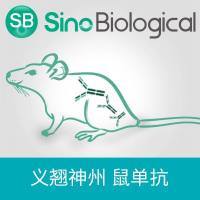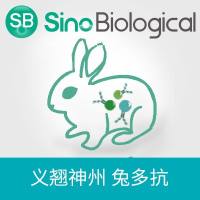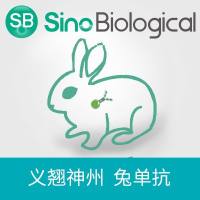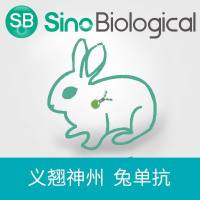Histone Acetylation and Deacetylation
互联网
660
In the resting cell, DNA is tightly compacted to prevent transcription factor accessibility. During activation of the cell, this compact inaccessible DNA is made available to DNA-binding proteins, thus allowing the induction of gene transcription (1 ,2 ). DNA is packaged into chromatin, a highly organized and dynamic protein-DNA complex. The fundamental subunit of chromatin, the nucleosome, is composed of an octomer of four core histones, an H3/H4 tetramer and two H2A/H2B dimers, surrounded by 146 bp DNA (2,3). The packaging of DNA into nucleosomes acts as a barrier to the initiation of transcription by preventing the access of transcriptional factors, and RNA polymerase II, to their cognate recognition sequences (4 ). Specific lysine residues in the N-terminal tails of the core histone can be post-translationally modified by acetylation of the ε-amino group. The dynamic equilibrium of core histone acetylation is established and maintained by histone acetyltransferase (HAT) and histone deacetylase (HDAC). Several transcriptional regulators possess intrinsic HAT and HDAC activities, strongly suggesting that histone acetylation and deacetylation play a causal role in regulating transcription (5-8 ). There is compelling evidence that increased gene transcription is associated with an increase in histone acetylation; hypoacetylation of histone is correlated with reduced transcription or gene silencing (2 ,7,8; Fig 1 ).








